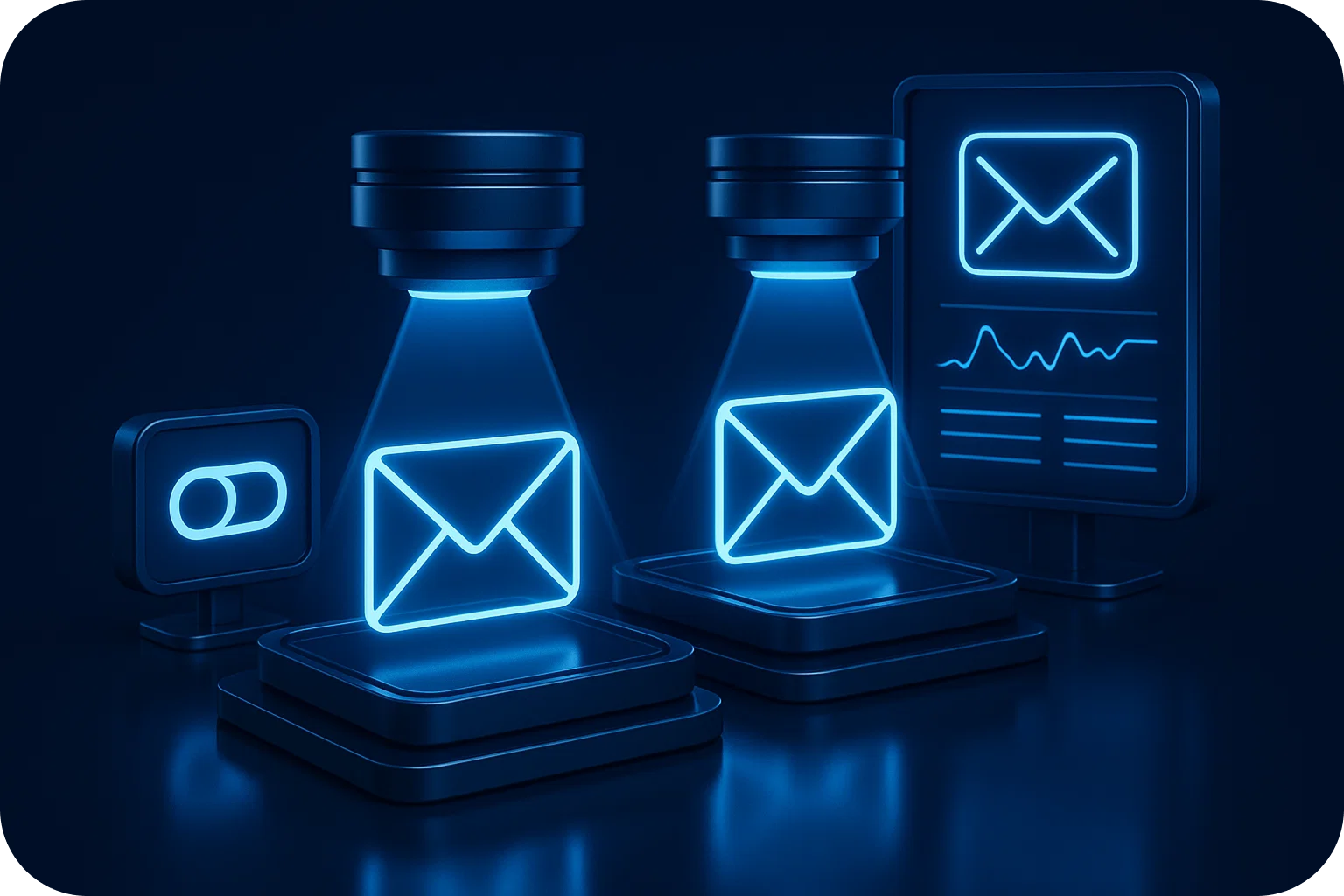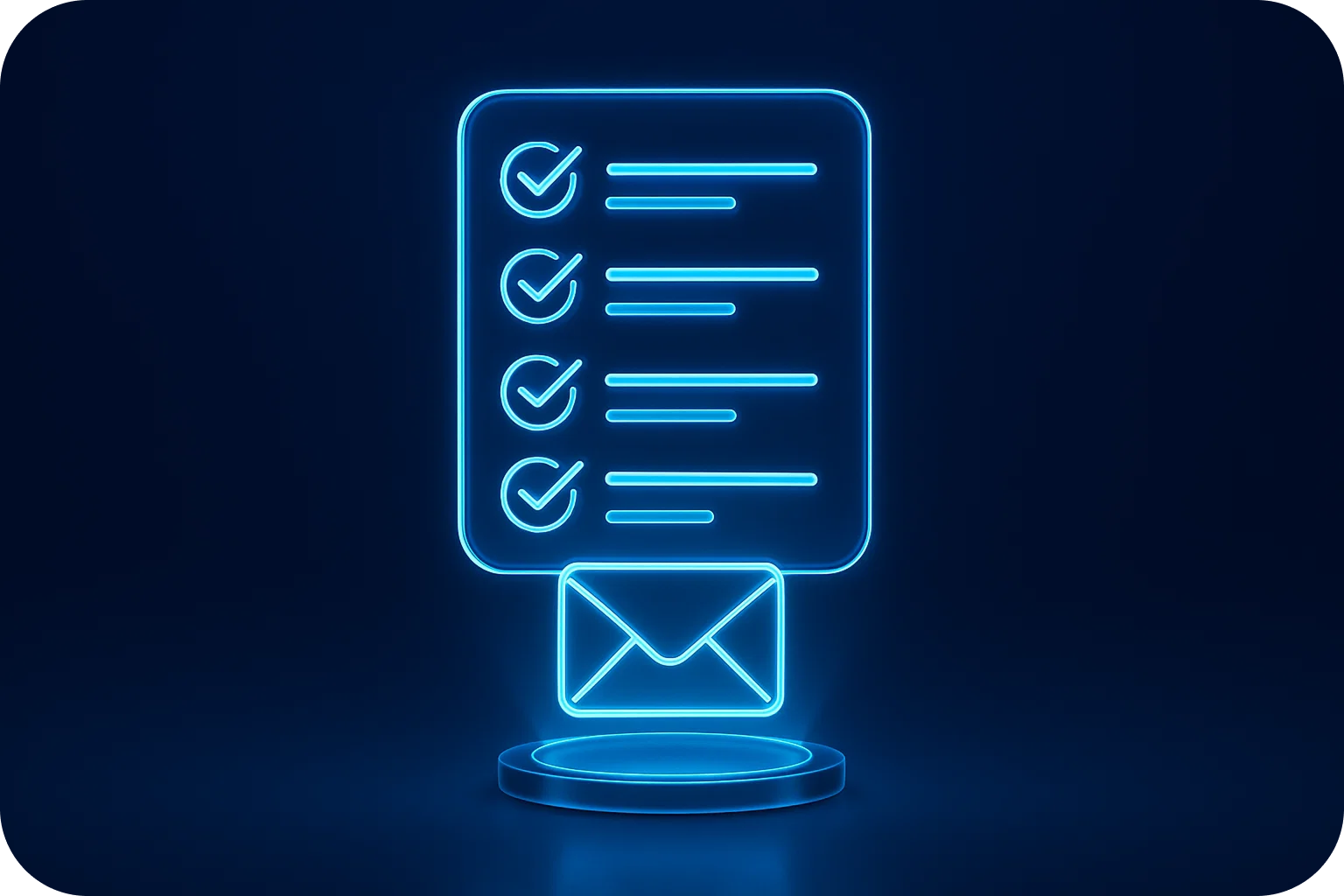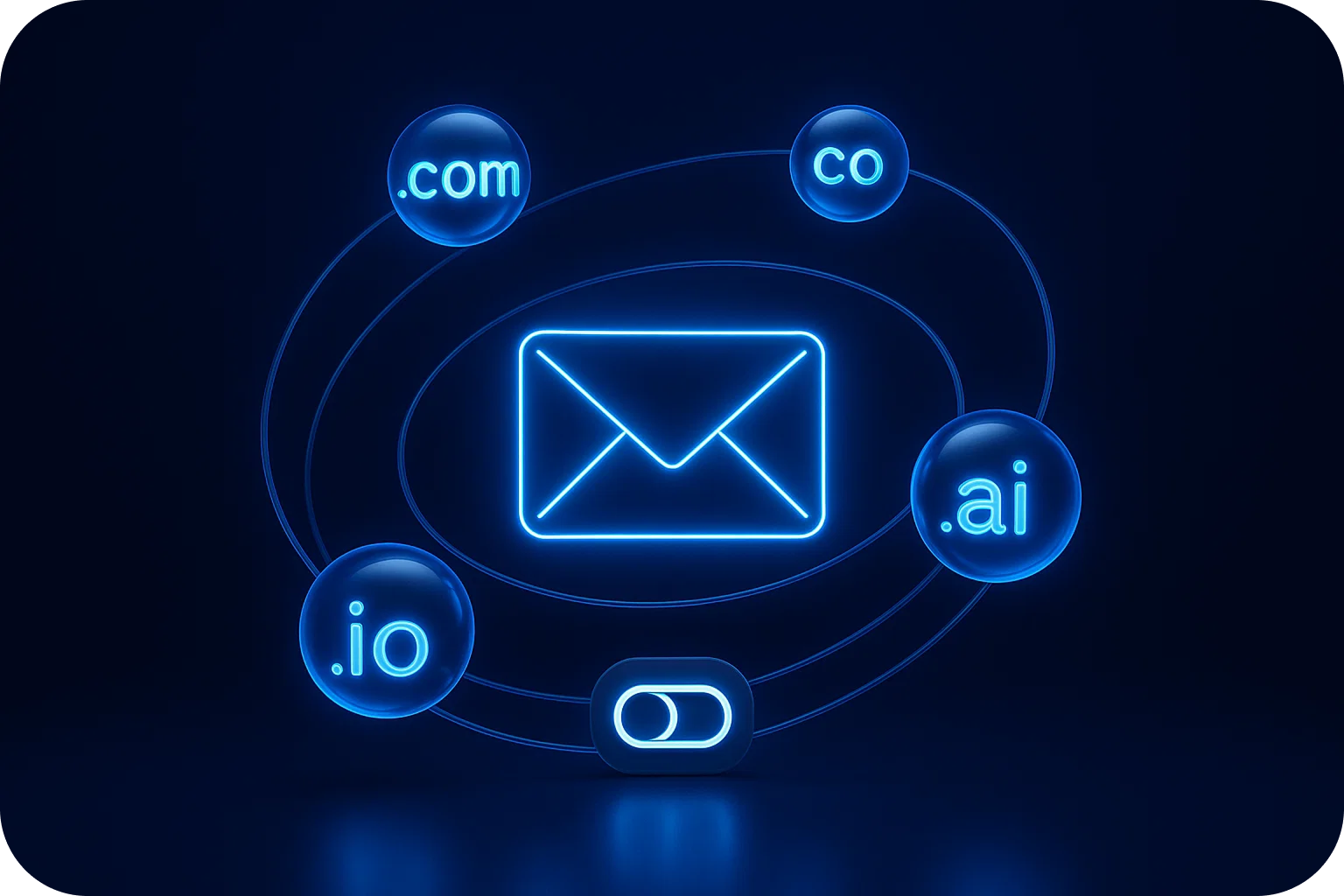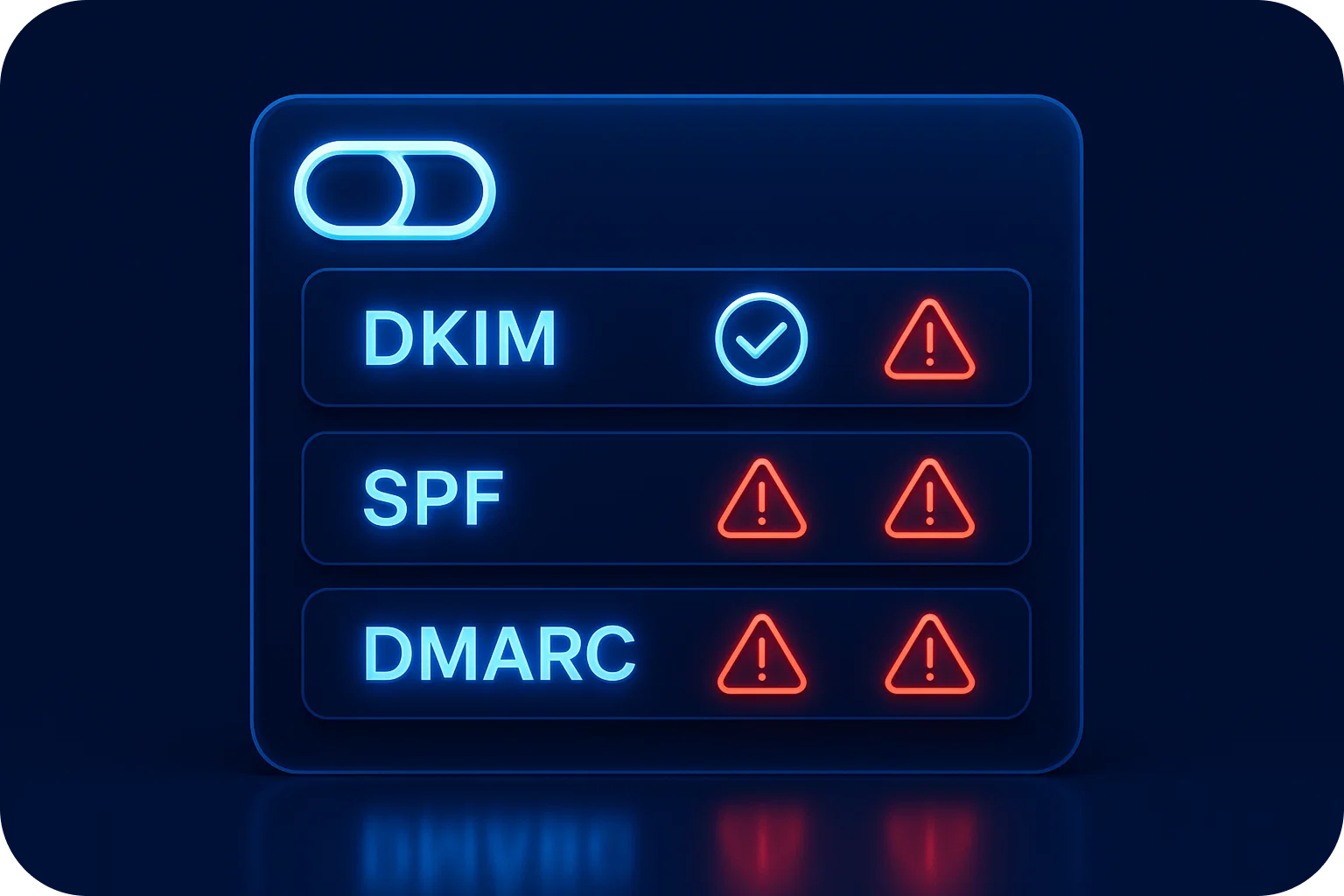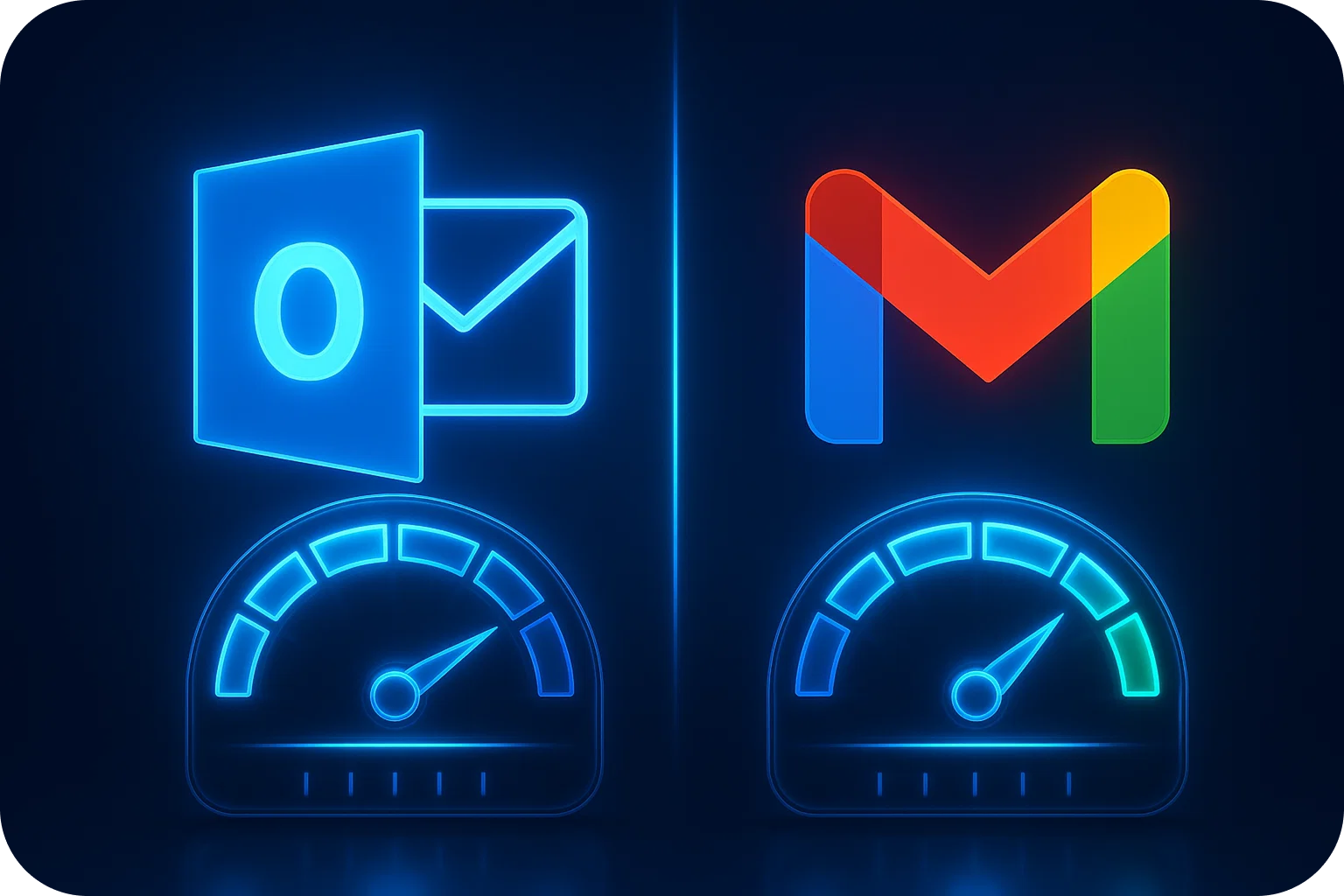The Cold Email Personalization Pyramid: From Basic to Advanced Customization

Cold email personalization isn't a binary choice between generic blasts and hyper-customized messages. It's a spectrum with five distinct levels, each requiring different investments of time, technology, and expertise. Understanding this personalization pyramid helps you match your approach to your goals, resources, and expected ROI.
Understanding the Personalization Pyramid
Think of email personalization as a pyramid. The base represents high-volume, low-effort tactics that work for broad outreach. As you climb higher, the effort increases, volume decreases, but the impact per email grows exponentially. The key to successful cold email campaigns is knowing which level to use for which prospects.
Level 1: Basic Merge Tags (The Foundation)
What it includes: First name, company name, and basic demographic data inserted via merge tags.
Example: "Hi {{FirstName}}, I noticed {{CompanyName}} is hiring for sales roles..."
Time investment: 2-3 minutes per 100 emails
Best for: Initial outreach to large lists where you're testing messaging and identifying interested prospects.
ROI consideration: This is your baseline. Response rates typically range from 1-3% depending on your offer and list quality. While the personalization is minimal, it's essential. Emails without even basic personalization see 50% lower open rates.
When to use it: Top-of-funnel outreach, market testing, or when you have limited information about prospects but a strong value proposition that resonates broadly.
Level 2: Role and Industry Customization
What it includes: Tailoring your message based on the prospect's job function, industry vertical, or company size.
Example: "Hi Sarah, I work with Series B SaaS companies like yours that are scaling their sales teams from 10 to 50 reps..."
Time investment: 15-30 minutes to create 5-8 segment-specific templates
Best for: Mid-funnel outreach where you've segmented your list by meaningful criteria.
ROI consideration: This level typically doubles your response rate compared to Level 1 (2-6% range). The effort-to-reward ratio is excellent because you create templates once and use them repeatedly.
When to use it: When you have clear buyer personas and can segment your list into distinct groups with different pain points. This is the sweet spot for most B2B cold email campaigns.
Level 3: Company-Specific Research
What it includes: References to recent company news, funding rounds, product launches, job postings, or tech stack.
Example: "Hi Michael, congratulations on your Series C announcement last week. With $50M in new funding, I imagine you're accelerating your go-to-market plans..."
Time investment: 3-5 minutes per email for research and customization
Best for: High-value prospects, warm introductions, or accounts you've identified as ideal customers.
ROI consideration: Response rates jump to 8-15% at this level. However, you can only send 15-20 emails per hour, so volume drops significantly. The math works when your average deal size justifies the time investment.
When to use it: Account-based marketing (ABM) campaigns, enterprise sales, or when following up with engaged prospects who didn't respond to Level 2 outreach.
Level 4: Problem-Aware Personalization
What it includes: Demonstrating specific understanding of the prospect's challenges, goals, or initiatives based on deep research.
Example: "Hi Jennifer, I saw your LinkedIn post about struggling to maintain email deliverability while scaling from 1,000 to 10,000 emails per day. This is exactly what we solve for companies like Mailpool.ai..."
Time investment: 10-15 minutes per email for research, analysis, and custom copywriting
Best for: Dream clients, strategic partnerships, or rescuing deals that stalled at earlier stages.
ROI consideration: Response rates can reach 20-40% when executed well. You're sending 4-6 emails per hour maximum. This only makes sense for opportunities worth $50K+ or strategic accounts that could transform your business.
When to use it: Targeting your top 20 dream accounts, reaching C-level executives, or when a prospect has shown interest but needs a compelling reason to take the next step.
Level 5: Behavioral Triggers and Dynamic Content
What it includes: Automated personalization based on prospect behavior, real-time data, or sophisticated segmentation using AI and marketing automation.
Example: "Hi David, I noticed you downloaded our deliverability guide yesterday and spent 4 minutes on the DNS configuration section. Based on your Google Workspace setup, here's a custom checklist..."
Time investment: 20-40 hours to build the infrastructure, then automated
Best for: Scaling personalization across large lists while maintaining relevance.
ROI consideration: Once built, this system combines the volume of Level 1-2 with the relevance of Level 3-4. Response rates of 10-25% are achievable at scale. However, the upfront investment is substantial and requires marketing automation tools, CRM integration, and technical expertise.
When to use it: When you have product-market fit, proven messaging, and need to scale outreach without sacrificing personalization. This is where companies transition from manual outreach to revenue engines.
Choosing Your Personalization Level: The Decision Framework
Consider these factors:
Deal size: Higher value justifies higher personalization levels. $5K deals rarely justify Level 4 effort; $500K deals absolutely do.
List size: 10,000 prospects? Start at Level 1-2. 50 dream accounts? Jump to Level 3-4.
Information availability: Can you easily find relevant details about prospects? If not, higher levels become impractical.
Response to previous outreach: If Level 2 isn't working, test Level 3 before scaling up volume.
Team capacity: One person doing outreach? Focus on Levels 1-3. Team of 10? Build toward Level 5.
The Hybrid Approach: Maximum ROI Strategy
The most successful cold email programs don't pick one level—they use multiple levels strategically:
Start broad (Level 1-2): Send to your full list with solid segmentation and role-based personalization.
Identify engaged prospects: Track opens, clicks, and website visits.
Escalate personalization (Level 3-4): For prospects who showed interest but didn't respond, invest in deeper research and customization.
Automate what works (Level 5): Once you've identified winning patterns, build automation to scale them.
This pyramid approach lets you test broadly, identify quality prospects, then invest personalization effort where it matters most.
Common Personalization Mistakes to Avoid
Over-personalizing low-intent prospects: Spending 15 minutes researching someone who isn't in-market wastes time.
Under-personalizing high-value accounts: Sending a basic template to your dream client signals you don't value the opportunity.
Fake personalization: "I loved your recent LinkedIn post about {{Topic}}" when you clearly didn't read it destroys credibility.
Personalization without relevance: Mentioning their company's funding round is only valuable if you connect it to how you can help.
Measuring Personalization ROI
Track these metrics by personalization level:
- Time per email: How long does each level actually take?
- Response rate: What percentage reply positively?
- Meeting booking rate: How many responses convert to calls?
- Cost per meeting: Time investment × hourly rate ÷ meetings booked
- Deal value: Do higher personalization levels attract larger deals?
The goal isn't always the highest response rate, it's the best return on your time investment.
Conclusion
Email personalization isn't about doing everything for everyone. It's about matching effort to opportunity. Start with solid Level 2 segmentation for volume, reserve Level 3-4 for high-value prospects, and build toward Level 5 automation as you scale.
The companies winning with cold email aren't using one personalization level; they're strategically deploying all five based on prospect value, available data, and campaign goals. Master this pyramid, and you'll maximize both response rates and team efficiency.
More articles
Get started now




%201.png)
